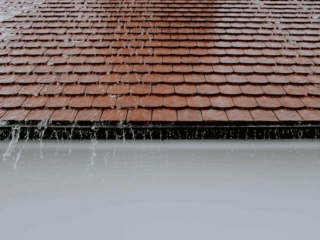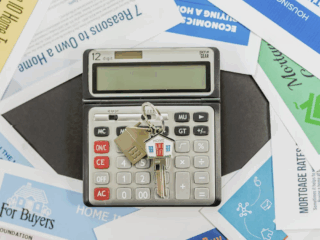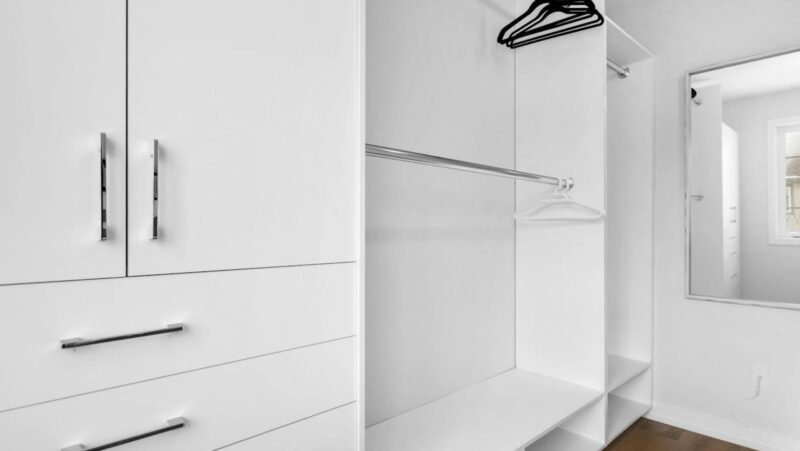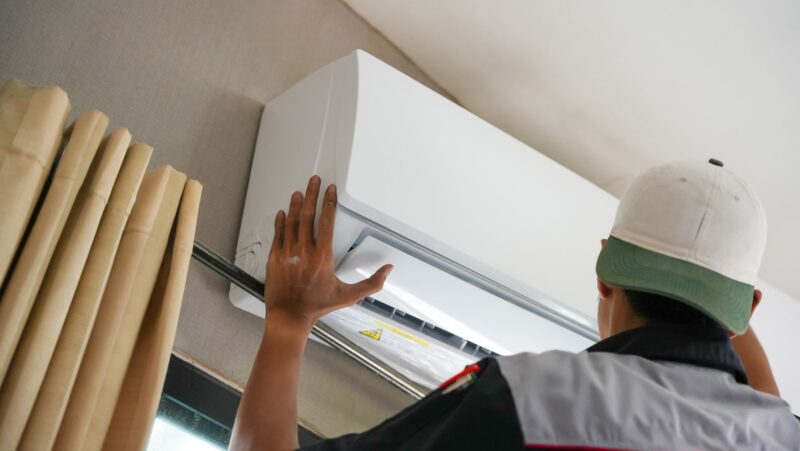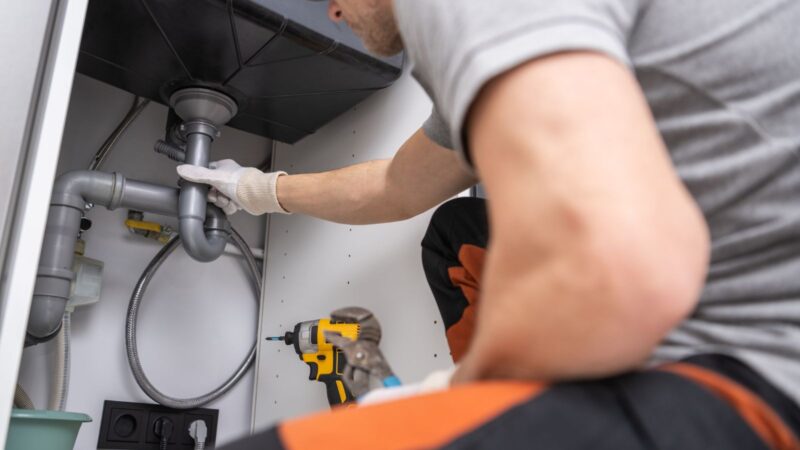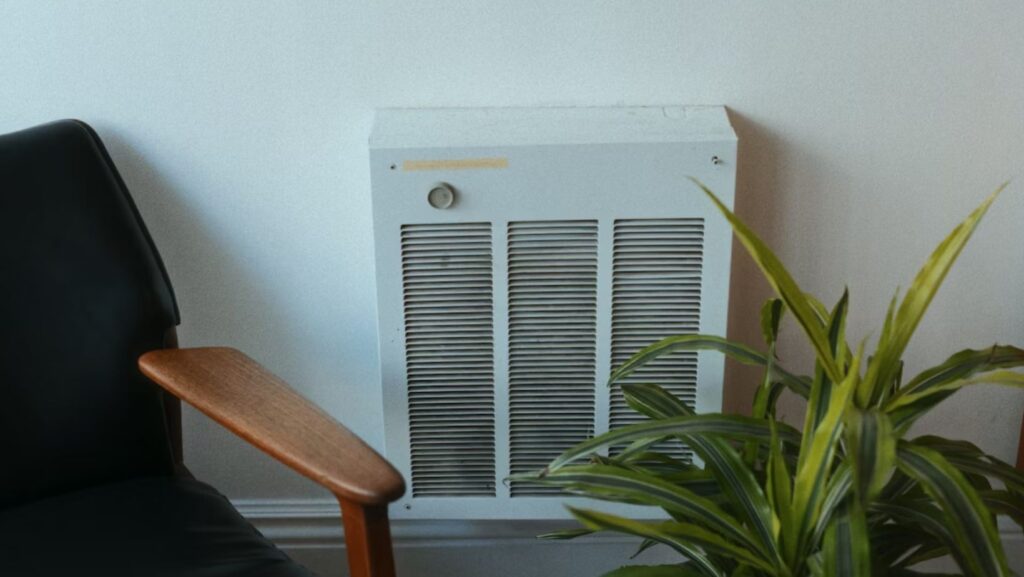
Want to avoid expensive HVAC breakdowns?
Every homeowner knows that sinking feeling when their heating or cooling system fails during the worst possible time. Summer heat waves and winter cold snaps are when you need your system most.
Here’s the problem:
Most people ignore their HVAC system until something goes wrong. Americans spend over $10 billion annually on HVAC repair and maintenance, and much of that could be avoided with simple seasonal care.
The truth is that proper HVAC maintenance isn’t just about avoiding breakdowns – it’s about saving money, extending your system’s life, and keeping your family comfortable.
Your roadmap to success:
- Why Seasonal HVAC Care Matters
- Spring HVAC Preparation Tasks
- Summer System Optimization
- Fall Heating System Readiness
- Winter Maintenance Essentials
- Professional vs DIY Maintenance
Why Seasonal HVAC Care Matters
HVAC systems work hard. Really hard.
Your heating and cooling equipment runs for thousands of hours every year, fighting against temperature extremes to keep your home comfortable. Just like your car needs regular oil changes, your HVAC system needs consistent seasonal attention.
Here’s why seasonal maintenance is a game-changer:
Properly maintained systems can save 20% or more on energy costs compared to neglected equipment. That’s real money back in your pocket every month.
But there’s more to it than just savings…
Professional technicians for HVAC in Greenfield understand that regular maintenance helps systems last their full lifespan of 15 to 25 years. Without proper care, you could face premature replacement costs in the thousands.
The best part? Most seasonal maintenance tasks are simple enough for any homeowner to handle.
Spring HVAC Preparation Tasks
Spring is when your cooling system needs to wake up from its winter slumber.
After months of heating-only operation, your air conditioning components need attention before hot weather hits. Smart homeowners start their spring prep in March or April, well before they actually need cooling.
Start with these essential spring tasks:
Change your air filters first. Dirty filters from winter heating can restrict airflow and make your AC work harder than necessary. Most filters need replacement every 1-3 months, but check yours monthly during heavy-use seasons.
Clean around your outdoor unit next. Winter debris, leaves, and dirt accumulate around your condenser unit, blocking proper airflow. Clear everything within 2 feet of the unit for optimal performance.
Check your thermostat settings. Switch from heating mode to cooling mode and test that your system responds properly. If you have a programmable thermostat, update your schedule for longer daylight hours.
Inspect your ductwork for visible damage or disconnected sections. Look for tears in flexible ducts or gaps at connection points. These problems waste energy and reduce comfort.
Clean your vents and registers throughout the house. Vacuum away dust buildup and make sure furniture or curtains aren’t blocking airflow.
Summer System Optimization
Summer puts the biggest strain on your HVAC system.
During peak cooling season, your air conditioner runs almost constantly in many climates. This is when small problems become big ones, and when proper maintenance pays the biggest dividends.
Keep your system running smoothly with these summer steps:
Monitor your energy bills closely. Sudden spikes often indicate developing problems before you notice comfort issues. A well-maintained system should have predictable energy usage patterns.
Keep your outdoor unit clean and unobstructed. Hose down the condenser coils monthly during heavy-use periods to remove dirt and debris that reduces efficiency.
Here’s something most people miss:
Check your refrigerant lines for ice buildup. Ice on your outdoor unit during hot weather signals a serious problem that needs immediate professional attention.
Replace filters more frequently during summer months. Heavy system usage means faster filter contamination, especially if you have pets or live in dusty areas.
Trim vegetation around your outdoor unit regularly. Fast-growing summer plants can quickly block airflow and reduce efficiency.
Fall Heating System Readiness
Fall maintenance prepares your heating system for winter demands.
Just as spring preps your cooling system, fall gets your heating equipment ready for months of steady operation. This is your chance to catch problems before cold weather arrives.
Essential fall preparation includes:
Switch your thermostat to heating mode and test operation. Run your heating system for at least 30 minutes to ensure it’s working properly before you actually need it.
Inspect your furnace or heat pump for obvious issues. Look for rust, corrosion, or unusual wear on visible components. Listen for strange noises during operation.
Clean your heating system’s components. Research shows that HVAC cleaning can save 41% to 60% on fan and blower energy consumption.
Check your carbon monoxide detectors if you have gas heating equipment. Replace batteries and test operation. This simple step could save your family’s life.
Clear combustible materials away from your furnace. Store household chemicals, paper products, and cleaning supplies away from heating equipment.
Inspect your chimney and venting systems for blockages or damage. Birds, leaves, or other debris can create dangerous situations with gas heating systems.
Winter Maintenance Essentials
Winter HVAC maintenance focuses on keeping your heating system running reliably.
Cold weather puts different stresses on your equipment than summer cooling demands. Heating systems work harder during temperature extremes, making consistent maintenance even more critical.
Winter care priorities include:
Monitor your system’s performance weekly. Heating equipment failures during winter aren’t just uncomfortable – they can be dangerous in extreme cold.
Keep snow and ice clear from your outdoor unit if you have a heat pump. Blocked airflow reduces efficiency and can damage equipment.
Change filters religiously during heating season. Winter air tends to be drier and dustier, leading to faster filter contamination. Some homes need monthly filter changes during peak heating months.
Check your indoor humidity levels. Winter heating can create very dry indoor air, which affects comfort and can damage wood furniture and floors.
Ensure adequate airflow throughout your home. Close doors and blocked vents force your heating system to work harder and create uneven temperatures.
Professional vs DIY Maintenance
Some HVAC maintenance requires professional expertise.
While homeowners can handle many seasonal tasks, certain maintenance procedures need trained technicians with specialized tools and knowledge.
DIY-friendly maintenance tasks:
- Changing air filters
- Cleaning vents and registers
- Clearing debris from outdoor units
- Basic thermostat adjustments
- Visual inspections for obvious problems
Professional maintenance requirements:
Complex tasks like refrigerant level checks, electrical component testing, and internal system cleaning require professional service. Most HVAC manufacturers recommend annual professional maintenance to maintain warranty coverage.
The best approach combines regular DIY care with annual professional service. Handle simple tasks yourself monthly or seasonally, but schedule professional maintenance each year.
Here’s the truth about professional maintenance:
Experienced technicians catch problems you’ll miss. They have specialized tools to test system performance, check electrical connections, and identify developing issues before they become expensive repairs.
Wrapping Things Up
Seasonal HVAC maintenance isn’t optional – it’s essential for reliable comfort and energy efficiency.
Your heating and cooling system is one of your home’s most expensive components. Like any major investment, it needs regular care to deliver peak performance and maximum lifespan.
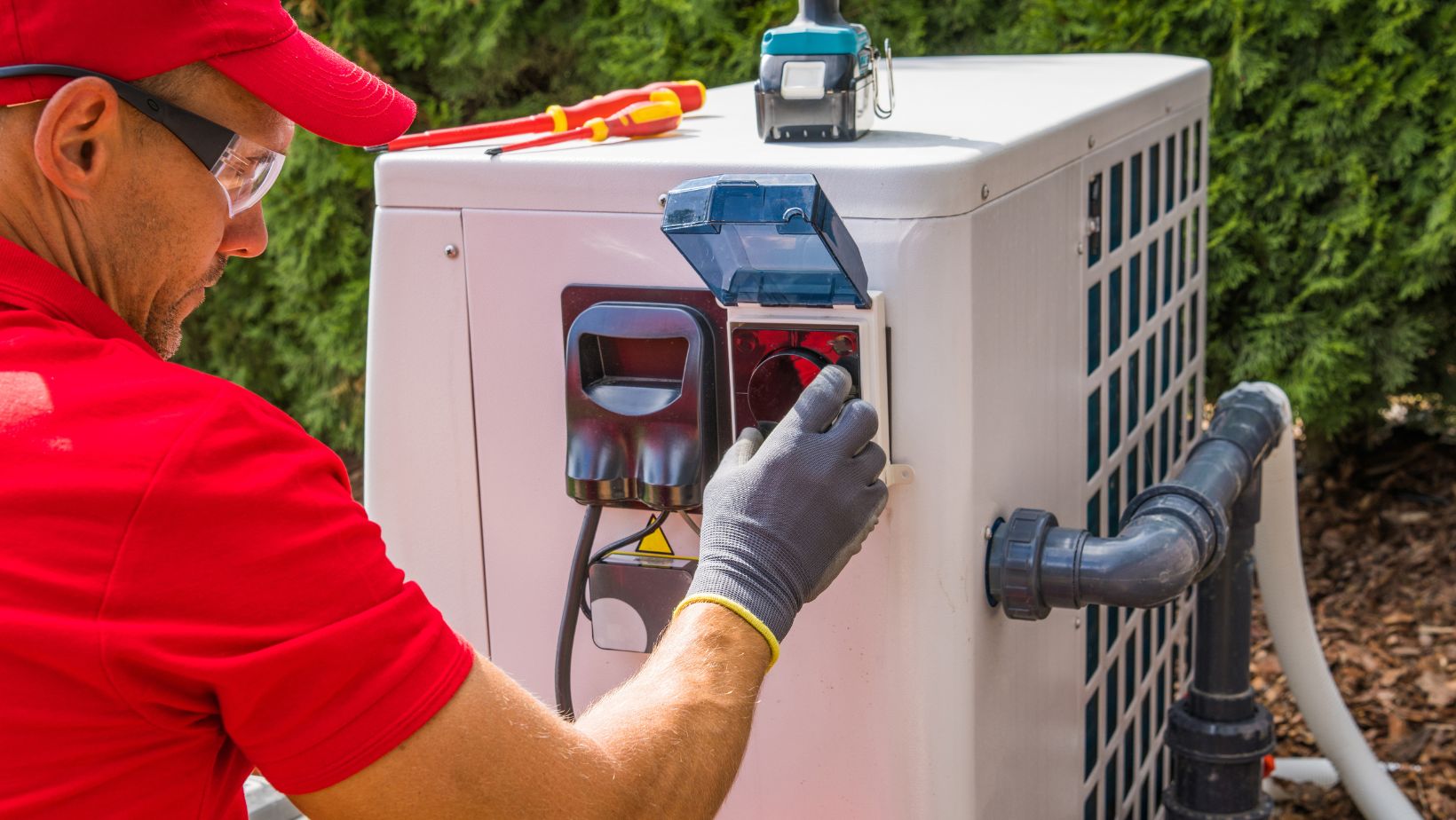
Remember these key points:
- Start seasonal maintenance before you need that system function
- Combine simple DIY tasks with annual professional service
- Don’t ignore small problems – they become expensive ones
- Regular maintenance saves money and extends equipment life
With proper seasonal care, your HVAC system will keep your family comfortable for decades while minimizing costs.




